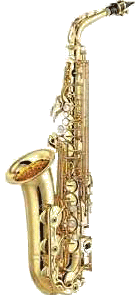SOLUTION
As in Hint 2, we obtained remainders 6, 3, 7 for the respective departments. Also remainders 3, 2, 2, 2, 5 for F (Foster), K, P, R and W; all other names have remainder 0. Since the sum of the remainders for the summands (people) must be the same as the remainders for the departments they belong to, we can now immediately able place five people in their departments:
K, P and R belong to the Music Department, F belongs to the Woodwind Department, and W belongs to the Brass Department.
To place the others, we must use a little trial and error. I suggest starting with the larger people amounts. We obtain:
Music: 198 + 303 + 345 + 49 + 105 (K, P, R, B and D);
Woodwind: 129 + 147 + 168 + 189 + 210 + 357 (F, G, H, J, L and S);
Brass: 551 + 91 + 217 + 441 (W, C, M and T).

